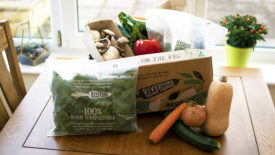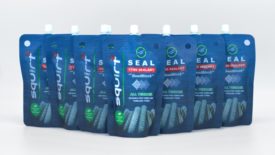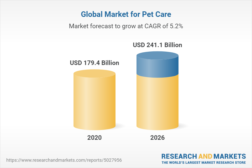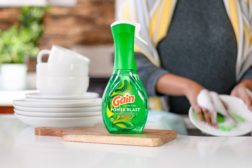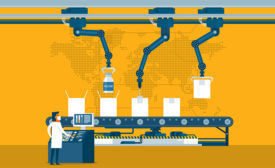Home » Keywords: » consumer and retailer trends
Items Tagged with 'consumer and retailer trends'
ARTICLES
Brand Packaging
If there has been one certainty of the last couple of years, it’s that of uncertainty. Terms like “remote working” are commonplace, guest bedrooms have been turned into home offices and e-commerce has become the norm. The impact has been felt socially, economically and commercially and consumer behavior is changed.
Read More
Materials
The Future of Packaging is Flexible
Despite the challenges often presented by flexible packaging in terms of consistent recycling channels, the format remains a preferred choice for brands, retailers and consumers alike.
July 13, 2022
Spotlight
Packaging Line Optimization in the Age of a Pandemic
Changes that occurred during COVID-19 and lessons learned
March 31, 2021
Market Trends
Top Packaging Considerations for Premium Pet Food Brands
Keep your brand on the cutting edge with quality packaging.
March 24, 2021


